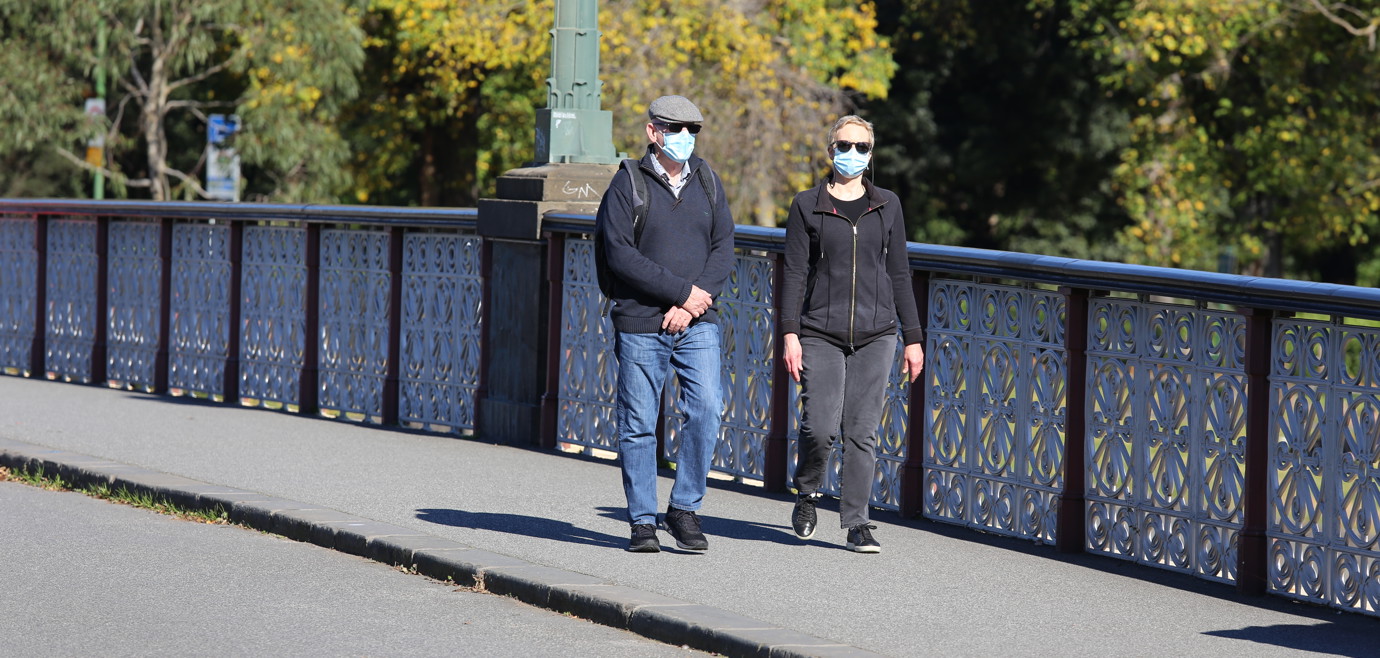
Burnet’s innovative and evidence-based public health and laboratory-led COVID-19 research initiatives continue to contribute solutions to the global pandemic.
Arriving with devastating speed and impact in late 2019, the COVID-19 pandemic required a rapid and real-time response.
“Undoubtedly, 2020 will be remembered as one of the most challenging in Burnet’s history, but also one of our most successful. Our focus on mathematical modelling, public health responses, behavioural science, vaccines and rapid diagnostics delivered enormous value for the country and the region.” —Professor Brendan Crabb AC
Burnet joined local and global scientific communities in looking for solutions, but approached the challenge from the distinctive position of having deep and connected expertise in lab-based research, public health work and international development activity.
We set up the Know-C19 initiative, embracing public health computer modelling to inform government strategies; undertaking research with more than 700 people from a wide range of cultural and socio-economic backgrounds to ensure that impacts were minimised right across the community: and pursuing innovative diagnostic and treatment solutions to improve preparedness for future outbreaks.
We also worked closely with governments and the media to help support public awareness and understanding of the virus, assisting the overall COVID-19 response, and saving lives.
Where are we now?
- Burnet established 44 different projects in support of the COVID-19 response, covering diagnostics, vaccines, antivirals, public health, modelling and international development.
- Our COVID-19 work featured in 4,000 media mentions at a time when media was the main source of public information.
- We influenced approaches to lockdowns and provided epidemiological parameters to inform the release from lockdown.
- And we successfully advocated for the recognition of airborne transmission, and the use of masks and improved ventilation.
